USJF Teachers Institute
Coach Certification
USJF Coach Certification
Training for Competition, Judo Coaching Strategy and the Science for Success
by Hayward Nishioka
The new 2nd edition of “Training for Competition, Judo Coaching Strategy and the Science for Success” expands with revised chapters that will give you insight into USJF coaching practices, methods of communication with your athletes, tools for coaching and risk management.
USJF National Coach
(Manual Excerpts)
Lessons: 1-4
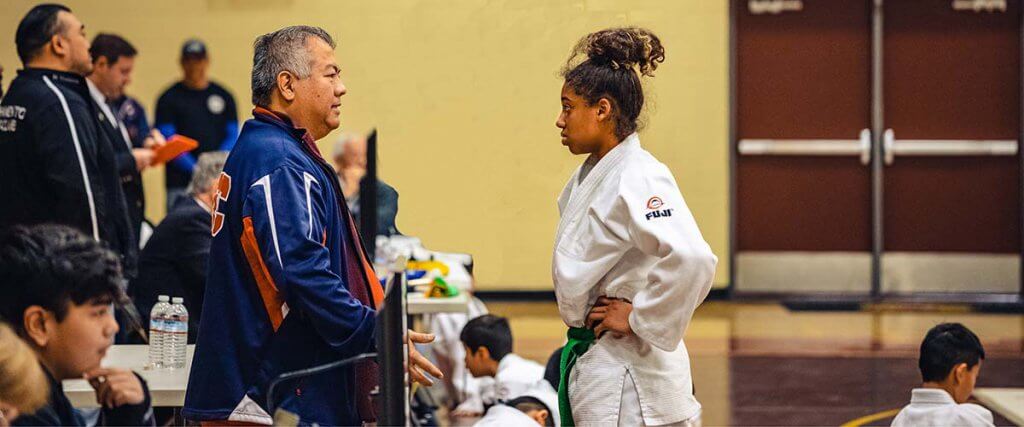
Lesson: What is “USJF Coaching”
As a USJF Coach, you have a great responsibility. You are not only trying to be an important partner to improving the competitive performance of your athlete, but you should also be aware of the greater reasons for developing your athlete, that of helping him to become a better individual and to meet the challenges of our greater society. Our coaching is designed to not just make a champion of judo tactics and techniques, but a “champion of character.”
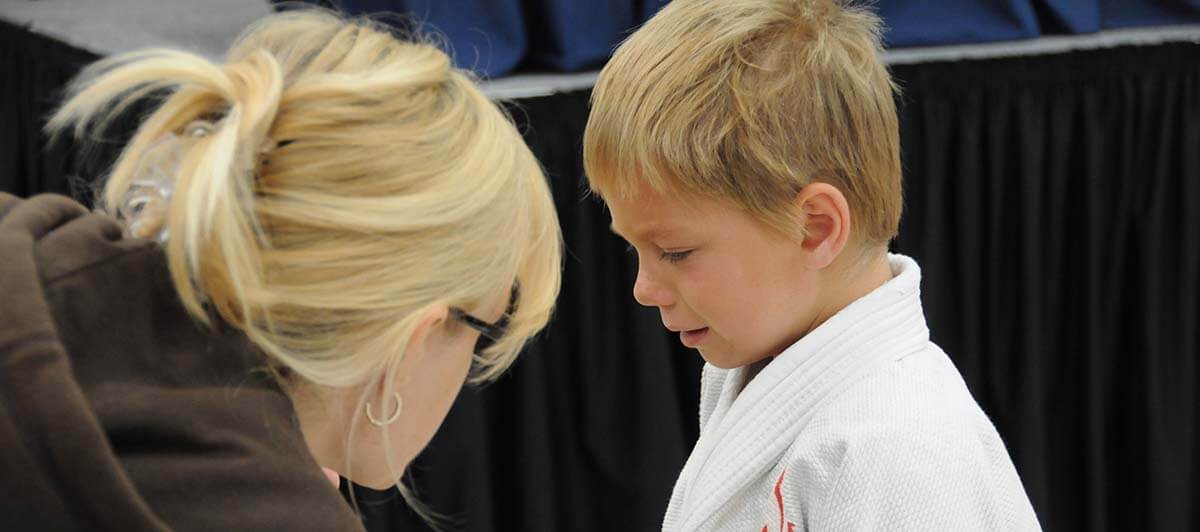
Lesson: Communicating with your Athlete
As a USJF Coach, you have a great responsibility. You are not only trying to be an important partner to improving the competitive performance of your athlete, but you should also be aware of the greater reasons for developing your athlete, that of helping him to become a better individual and to meet the challenges of our greater society. Our coaching is designed to not just make a champion of judo tactics and techniques, but a “champion of character.”
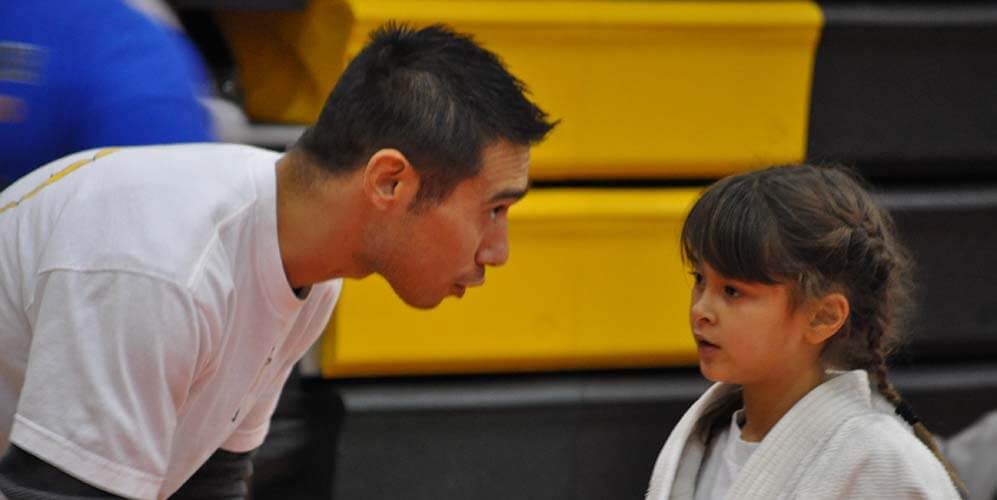
Lesson: Tools for Coaching
As a USJF Coach, you have a great responsibility. You are not only trying to be an important partner to improving the competitive performance of your athlete, but you should also be aware of the greater reasons for developing your athlete, that of helping him to become a better individual and to meet the challenges of our greater society. Our coaching is designed to not just make a champion of judo tactics and techniques, but a “champion of character.”
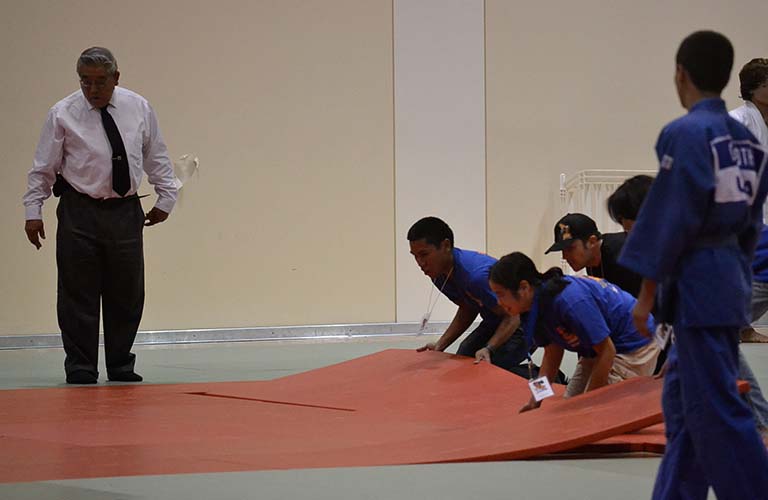
Lesson: Risk Management
As a USJF Coach, you have a great responsibility. You are not only trying to be an important partner to improving the competitive performance of your athlete, but you should also be aware of the greater reasons for developing your athlete, that of helping him to become a better individual and to meet the challenges of our greater society. Our coaching is designed to not just make a champion of judo tactics and techniques, but a “champion of character.”
USJF National Elite Coach
Re-certification
Lessons: 5 – 10
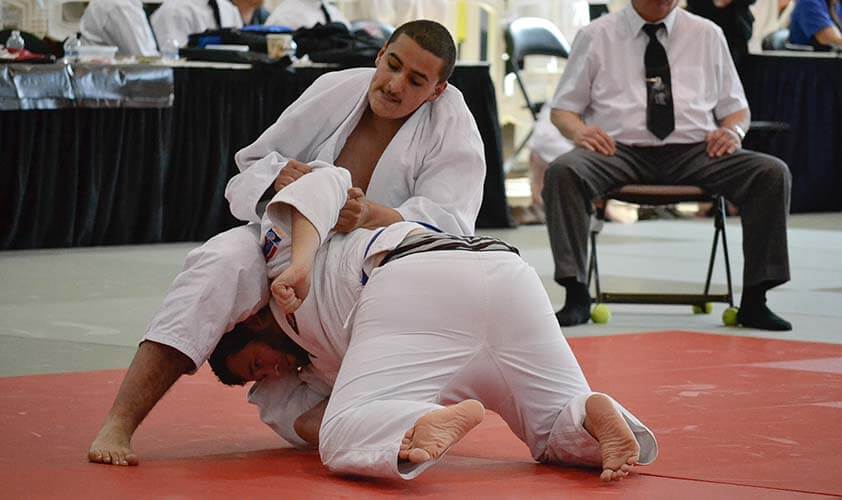
Lesson: Tricks of the Trade
Tricks of the trade are really suggestions that are used to enhance learning when trying to get your points across. You may already practice a few of these techniques without even knowing it, but its always good to know them consciously as techniques of teaching.
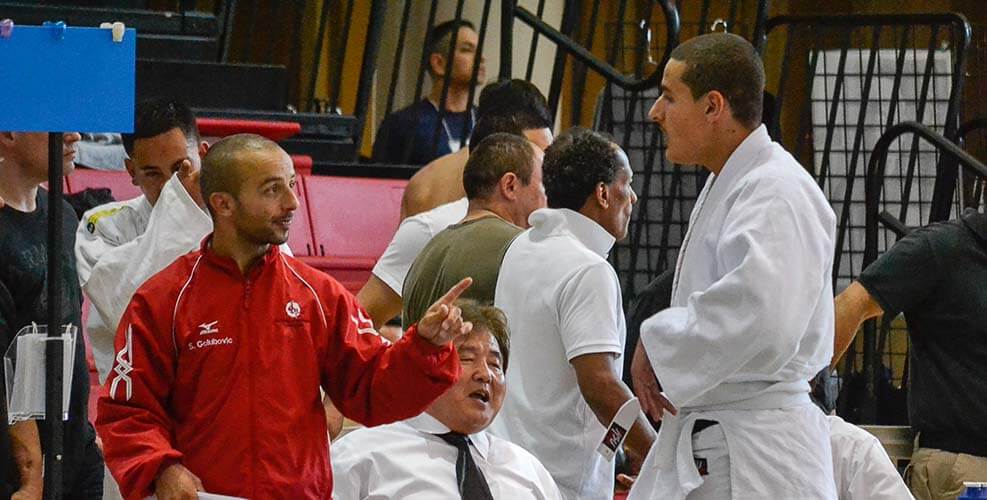
Lesson: Words that Count!
Words are audio and/or visual symbols used to communicate thoughts. Sometimes they can represent numbers as well. Numbers represent quantity or lack there of, like 0. Together in the right order, in the right place and time, they can have quite an affect on us. Like, the number of people living on this planet, 7.59 billion. The following words are used in USJF coaching and were selected to help us to look at coaching our athletes in a more systematic manner. First let’s look at how coaching usually occurs.
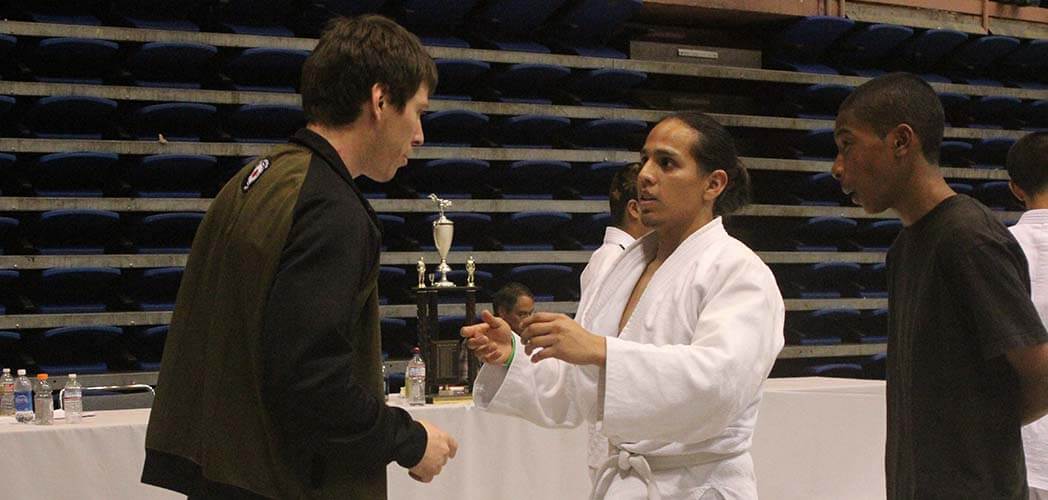
Lesson: Mapping Out a Strategy
The idea of coaching in judo is a fairly recent concept and really didn’t get started till the onset catalyst of international championship play which started in somewhere around the late 40s to early 50s with the first world championships in 1956. Coaches were assigned, usually more for past ability as a champion and/or for political reasons. Teams were being sent abroad and someone had to be in charge of the delegation of foreign athletes. That duty fell on the coach or the manager.
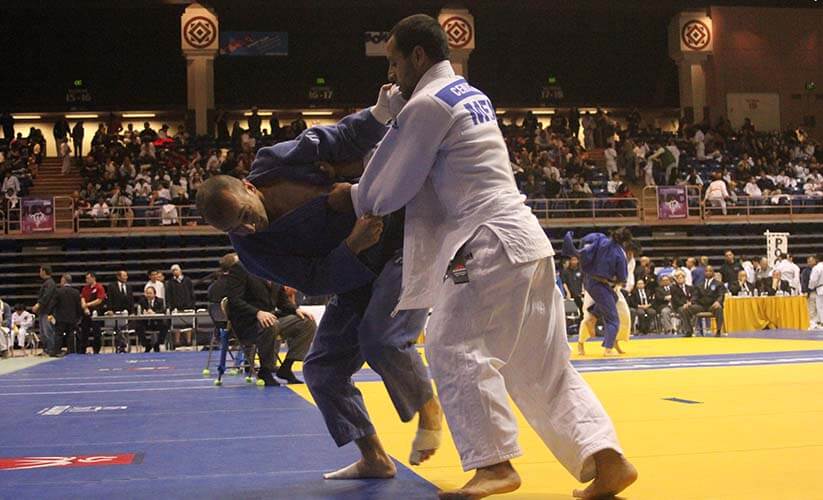
Lesson: Strategy vs Tactics
Strategies are long term, high level plan for success under terms of uncertainty. Tactics for us are similar in that they are devices that deal with more immediate needs and as a collective help in the strategic process. Tactics are usually more short term in nature while strategies are long term. Sort of like tactics of a battle or two in the right place at the right time help in a winning strategy of the larger war.
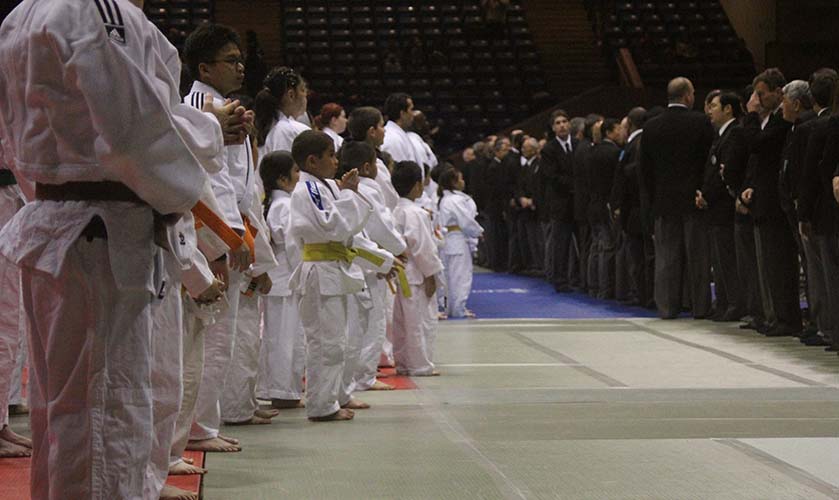
Lesson: One Year Strategic Plan – A Sample
You have a year to get your athlete ready. He wants to compete in the Senior National Championships and place high. What’s your plan to get there? First figure how badly he wants to succeed. Assuming he does, how much time do you have to get there? What is his competition like? What are her chances against them today? What obstacles stand in his way? What does she have to do to get around them? What organons will you need and use?
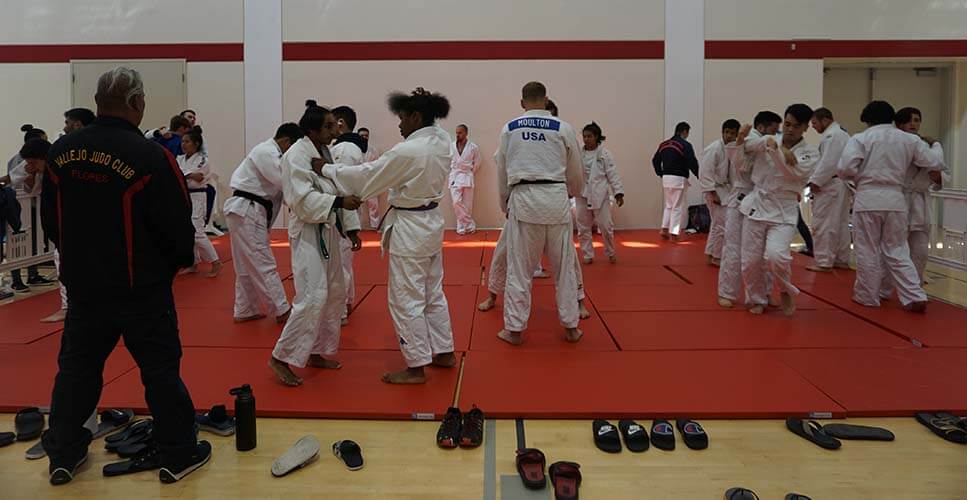
Lesson: Coaching Senior Recreational Players Age Group – 16 – 30 – 45 yrs old.
As was mentioned earlier, these are individuals who for one reason or another gravitated to judo for various reasons other than to become elite athletes. The age range spans even beyond the 16 to 35 mentioned for senior elites and may go even up to 45 or 50 in some cases. They compete for various reasons ranging from fun, exciting, challenging, to gain points for rank elevation, t for those who come back from a hiatus, to see if they still have it.
